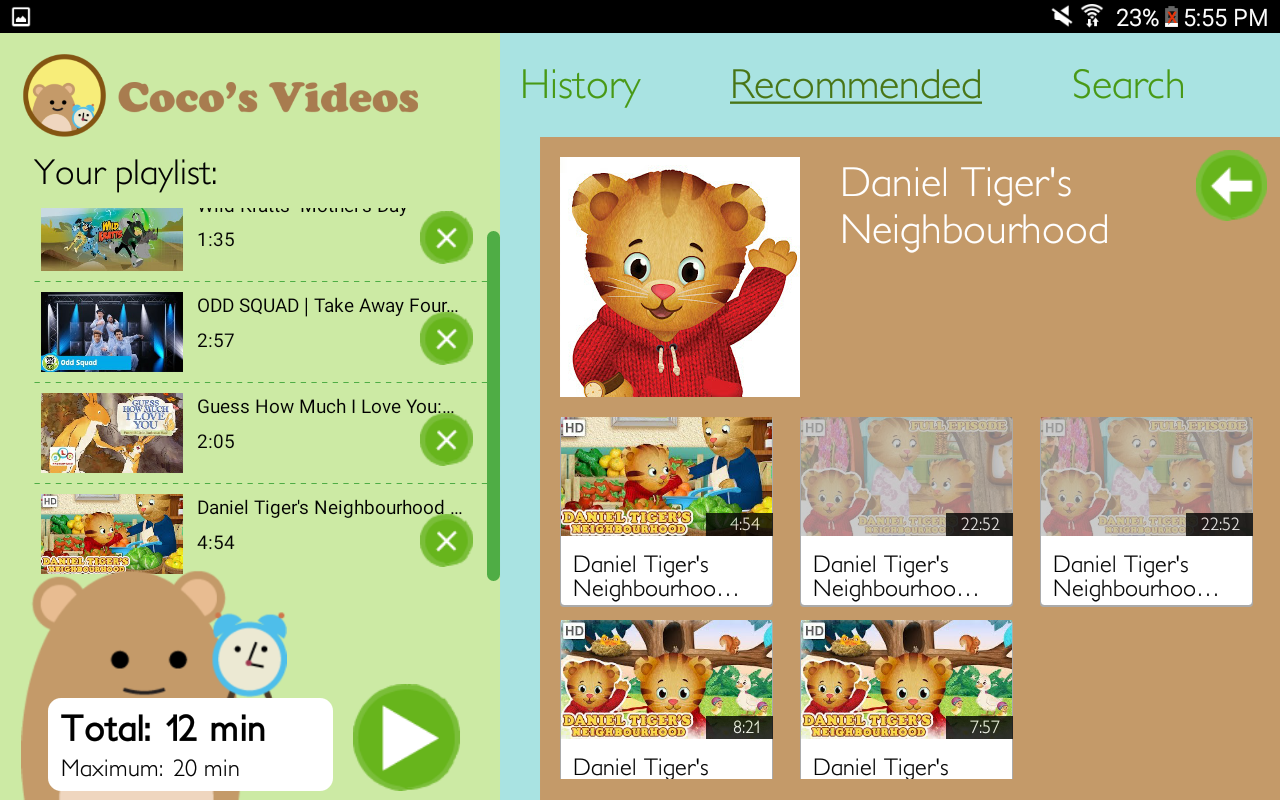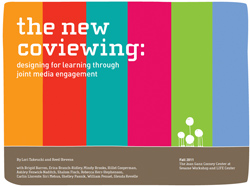 Remember the old Bert and Ernie sketch, where Ernie, very interested in the “Man Bites Dog” article, continually reads over Bert’s shoulder? This disrupts the taller Muppet’s attempt to finish coverage of the long-awaited national pigeon show. The sketch ends with Bert suggesting they share the paper, Ernie agreeing and then ripping the paper in half, and Bert finally being driven to read over Ernie’s shoulder to finish his article.
Remember the old Bert and Ernie sketch, where Ernie, very interested in the “Man Bites Dog” article, continually reads over Bert’s shoulder? This disrupts the taller Muppet’s attempt to finish coverage of the long-awaited national pigeon show. The sketch ends with Bert suggesting they share the paper, Ernie agreeing and then ripping the paper in half, and Bert finally being driven to read over Ernie’s shoulder to finish his article.
Over 80 people gathered on a rainy Monday night (January 23, 2012) to discuss how Bert’s frustrating experience does not have to be the norm when two people view the same media outlet. A panel of experts on design and content, directed at an audience of media producers, was convened by the Joan Ganz Cooney Center and Women in Children’s Media to discuss how young children, ages 0-11, and their influencers, from siblings to caregivers to teachers, can view media together for education and play – without resorting to Ernie’s Solomon-esque solution.
The discussion was framed by The New Coviewing: Designing for Learning through Joint Media Engagement, a recent publication of the Cooney Center which features case studies on bringing families together around newer media and emerging technology. Also included in the publication was a design guide offering essential advice to producers interested in creating content that drives meaningful conversation and enjoyment
Sitting on the panel were:
- Moderator: Sarah Wallendjack, Producer, Out of the Blue; President, Women in Children’s Media (WiCM)
- Karen Halpenny– Vice President of WiCM
- Mindy Brooks, Director of Education and Research, Sesame Workshop
- Shelley Pasnik, Director of The Center for Children and Technology, Education Development Center
- Heather Tilert, Emmy-Nominated Television Producer, Filmmaker, Writer, Director, Voice Over Director and Singer/Songwriter
- Erica Branch-Ridley, Assistant VP of Platform Innovations, Sesame Workshop & Supervising Producer of Electric Company Broadband
Following are key points from the evening’s panelists regarding the cultivation of Joint Media Engagement, as well as some of the resources cited by the Panel:
- Talk to the people you want to reach from the primary audience of children to all of their influencers that may interact with the content and media.
- Test your assumptions. “An audience will always shed new light,” Shelley Pasnik stated. “When there is intergenerational play, we carry forward all sorts of assumptions about our personal experiences, what the experiences of our families are – we don’t necessarily cross these boundaries of generation, culture or just our own personal experiences.”
- Whenever possible, combine “both sides of the fence.” Mindy Brooks recognized this need for collusion between research and production.She and Erica Branch Ridley spoke on the production of Electric Racer, a digital companion to the show The Electric Company that is designed for a child to play with a caregiver or teacher and supports the educational goals of the show. Production of the game, according to Brooks, was an iterative process of research combined testing and reviewing among many test groups.According to Pasnik, another key component of research is awareness of the audience, specifically in the way children interact with a story without others around.“Mine the private speech – speech that doesn’t have any communicative intent – of game players.What is the experience of young children when they are talking to themselves? – How do they relate to characters, the story and the narrative?”
- Design for the enjoyment of all audiences. Brooks and Branch Ridley discussed how in the production of Electric Racer, they realized that the design needed to enhance participation among both players and create less conflict. “The problem,” said Branch Ridley, “was making a game that does not cultivate a parent /child struggle.If the child is focused on the game and the parent is focused on the child, you lose some of the opportunity for dialogue. “Heather Tilert talked of the subtle ways children’s media could be palatable for adults. As important as verbal triggers for amusement, music can create mutual enjoyment for kids and adults. “We were careful to use the highest quality music and voice over talent,” to appeal to children and trigger recognition in, or engage, parents, she explained.
- Be true to your audience.
Both Wallendjack and Tilert expressed that while they wished all media was consumed in a JME setting, = as producers they had to recognize that the primary audience was children, and these children were not always engaged in coviewing.“Broadcasters also need to consider that children may be viewing by themselves,” noted Tilert, who stressed caution regarding the introduction of material that might be scary or isolating for a child watching alone. “The child as viewer needed to be protected first in terms of production, and producers can’t assume that there is someone to mediate content”. - Consider the nature of the technology and engagement. Touch devices, like iPads and such are designed in many ways for primary users.While it is challenging to engage multiple people with them, it is definitely doable. The panelist advised to be very cognitive about what challenge you’re up against, but also make that experience so incredibly engaging that the users wants to pull in someone else to play with.Branch-Ridley, one of the more digitally inclined panelists, used a birthday party vignette to illustrate this point.Having thrown a coed sleepover for her 8-year-old twins, she thought that the best way to entertain the troops was with board games, pizza and games likes charades. She implemented a handheld game ban. What this ban resulted in was boys on one side, girls on the other.It was only when she lifted the restriction did the kids come together to play, literally meeting in the middle of the room over the handheld.
- Don’t forget the older sibling. Several panelists gave examples of an older siblings as mentors on games ranging from Angry Birds to Electric Racer. Producers are trying to promote multiple relationships in the engagement – being alone, being with siblings and being with parents are all considered in the research as no single way of coviewing has been proven better.
- Consider the notion of previous and next. Pasnik recommended looking at tried and true media as a bridge to emerging media.As an example, teachers may not have access to the latest technology, but have adopted a ‘bring your own device’ attitude, using other tech as bridges – record player, cassette player– to experimenting with technology.
- Develop cross platform presentations. Consider taking the characters or shows kids like and bring them into the classrooms. This creates an ecology of how an experience is situated within a set of experiences – from classroom, to television and print, to things digitally or/and physically interactive.Kids don’t think in terms of sequestered time – screen time vs. crayon time – but are much more organic in their bridging among media, providing a way to create a rich experience with modality and the repetition that young children need.
The New Coviewing: Designing for Learning through Joint Media Engagement was co-authored by Lori Takeuchi, Director of Research for the JGCC and Reed Stevens, Professor of the Learning Sciences at Northwestern University. The report connects the work that the Cooney Center had done previously on coviewing with the work Stevens had done on JME into one guide for producers and researchers to use in developing cross platform children’s media. The panel can be viewed in its entirety on our YouTube channel.
The full panel can be viewed on our YouTube channel.
Media and Reports Cited/Lauded during the discussion:
Electric Racer – a digital companion to the show The Electric Company that is designed for a child to play with a caregiver or teacher and supports the educational goals of the show.
Toontastic – A digital source which allows children to creatively develop critical thinking and narrative skills by creating a cartoon.This game, designed in partnership with Stanford’s Graduate School of Education
Zeum: San Francisco’s Children’s Museum comes with a guide for parents.
Prankster Planet – A PBS game with a STEM-based curriculum, accessible by English and Spanish speakers.
Mythbusters – a television show and website for those tween to adulthood, with a STEM-based content that has over 2 million viewers per episode.
In-Game, In-Room, In-World: Reconnecting Video Game Play to the Rest of Kids’ Lives Reed Stevens, coauthor of The New Coviewing, reporting on children and video games
Publications from The Center for Children and Technology




